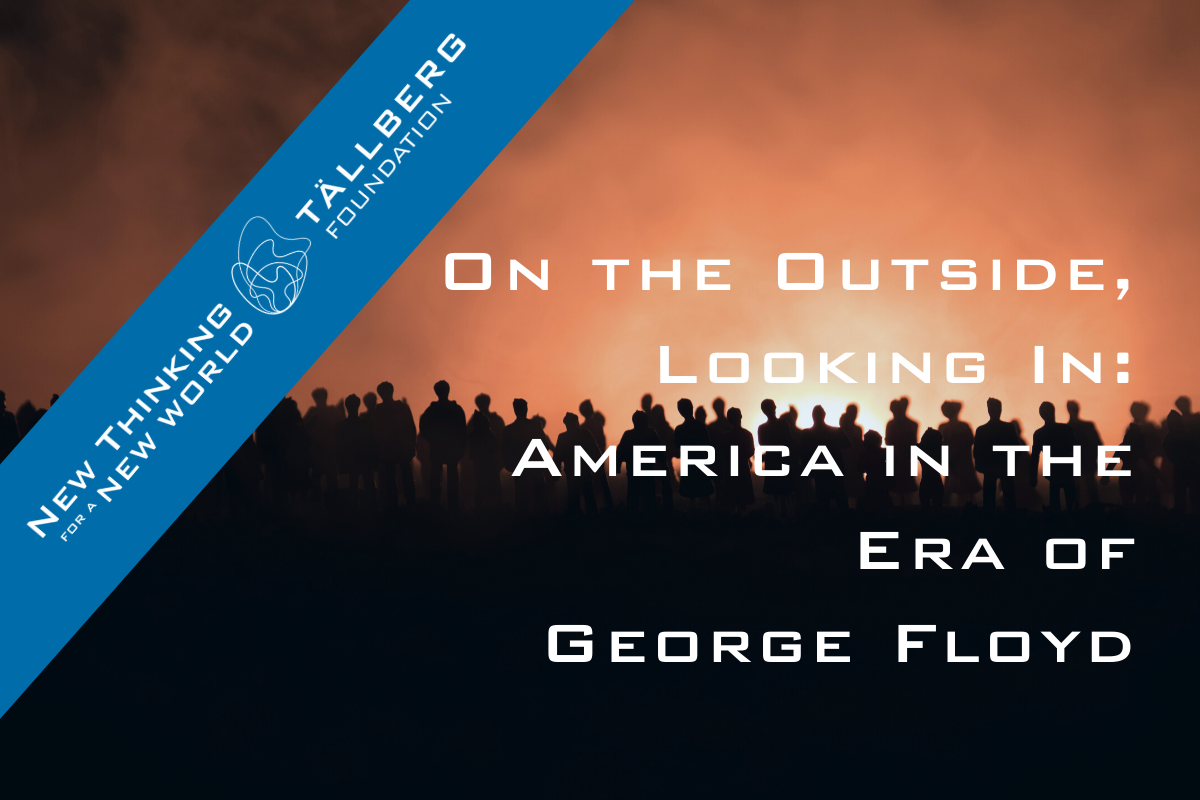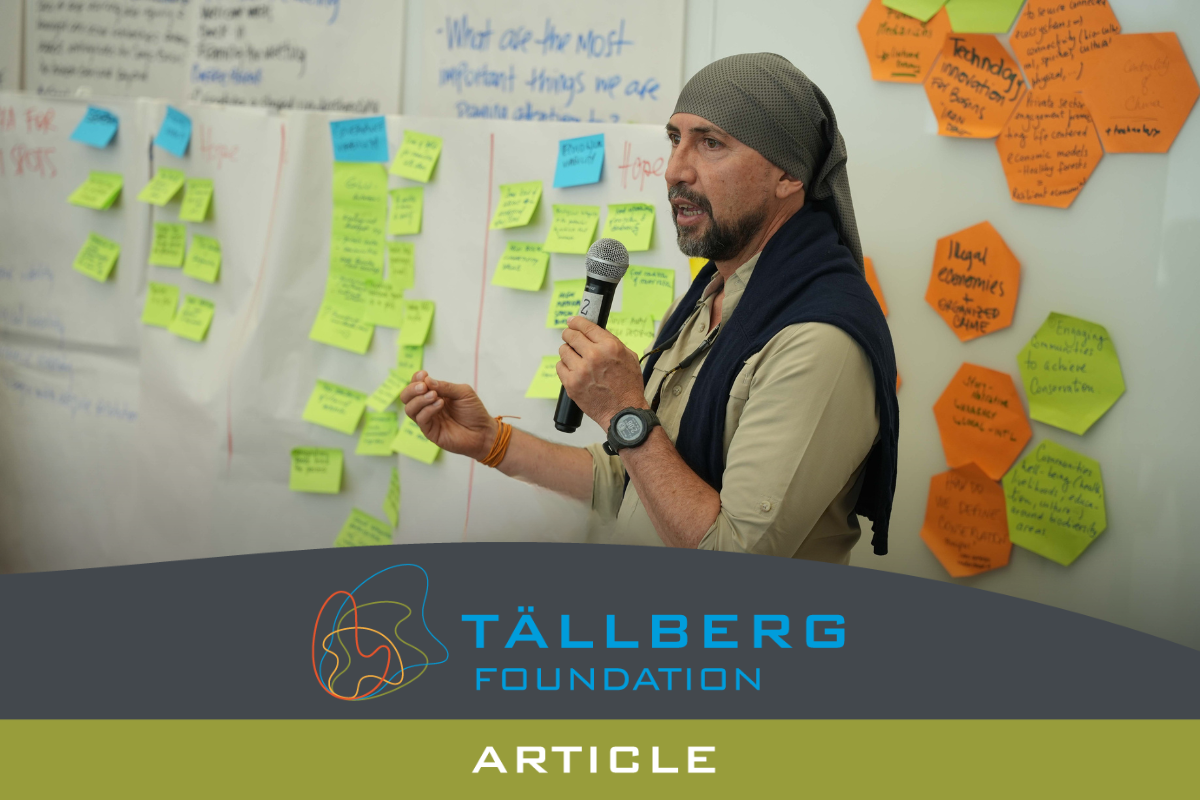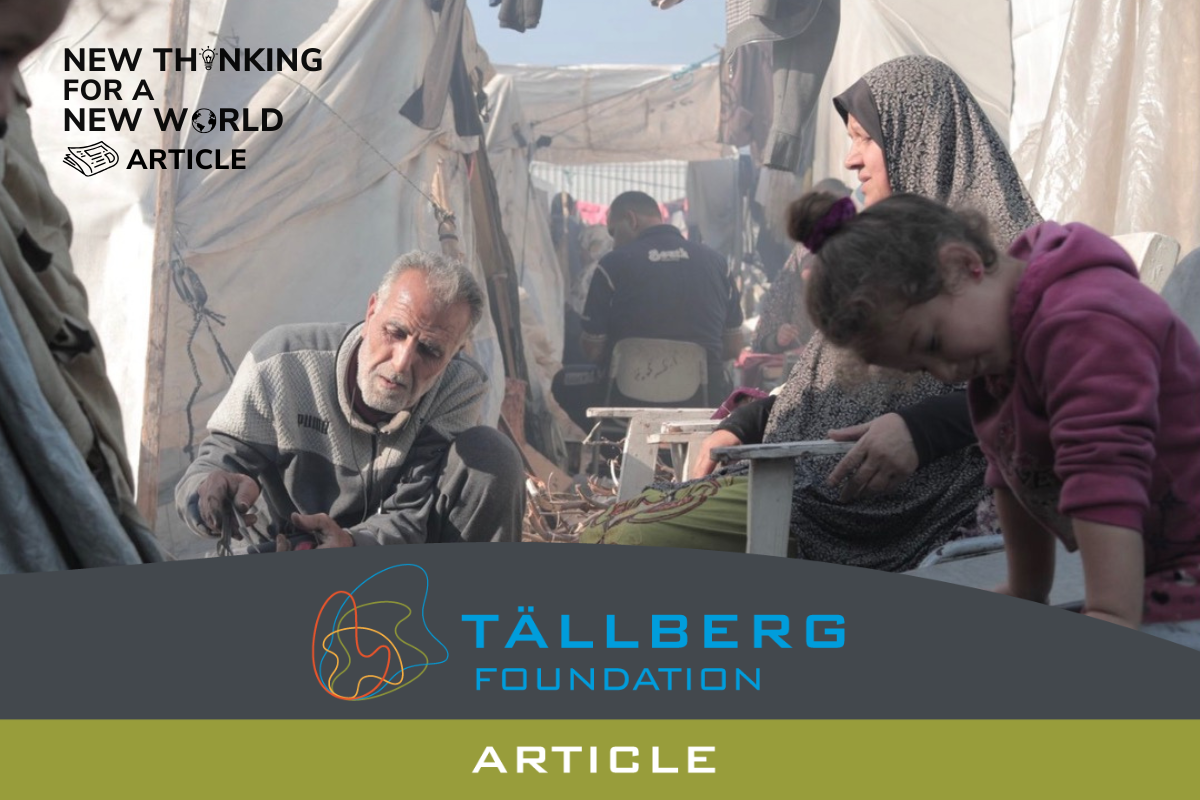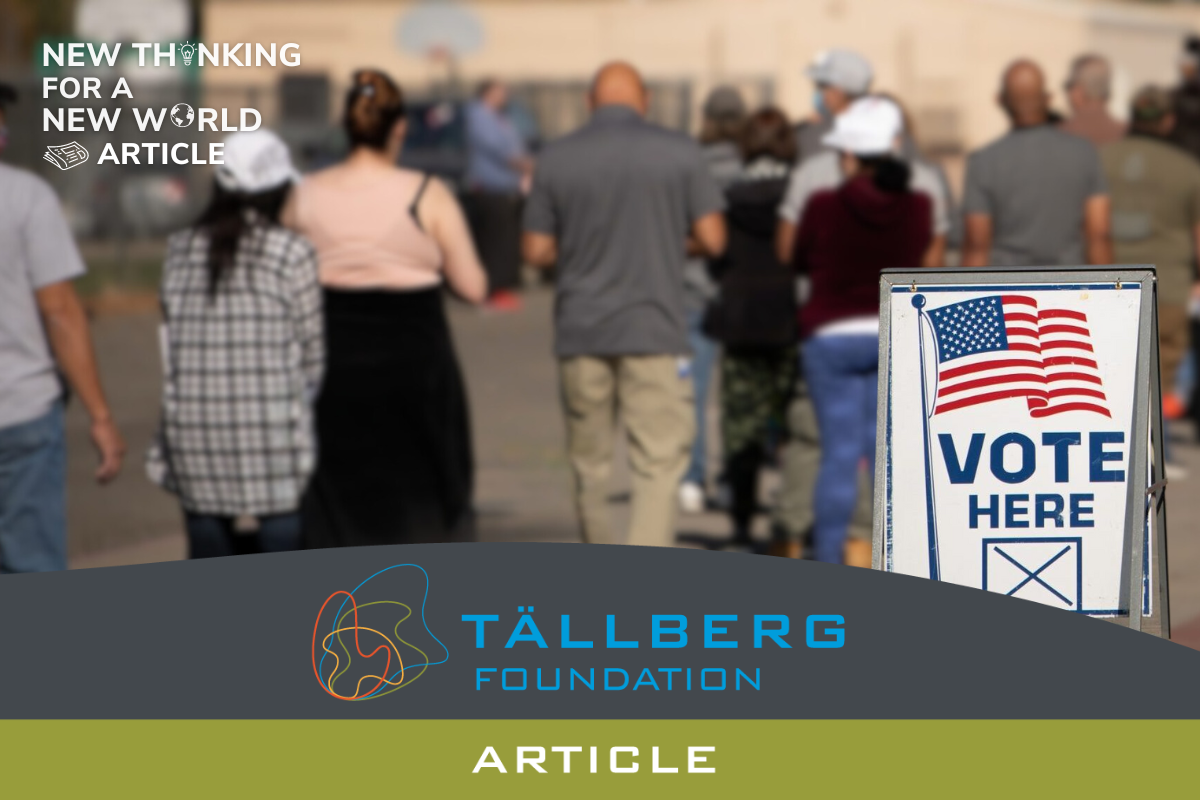“Do I think that the U.S. is a racist country? Oh yes. Yes. This is a country that was built on that premise of the negation of humanity of part of its people.” —Faustin Linyekula
“I think the United States is a racist country … I was appalled when I went to the U.S., at the level of racism that existed; it was very special.” —Sitawa Namwalie
“In the U.S., what you have is a country that still carries the history of slavery on its back. It has not solved that part of its history.” —Ana Paula Ordorica
Americans are doing a lot of soul searching these days. The ravages of a pandemic, a collapsing economy, stark racial injustice, and widespread street protests, stirred by the pent-up energy and frustration from months of lockdown—at a time of intense political partisanship—are taking their toll on what was already a bruised national psyche.
But what does the country look like from the outside? Has Reagan’s “Shining City on a Hill” succumbed to Trump’s “American carnage”?
To find out, Tällberg’s chairman, Alan Stoga, hosted a conversation among Mexican television journalist Ana Paula Ordorica, Kenyan poet Sitawa Namwalie, and Congolese choreographer Faustin Linyekula. All three have long, deep ties to the United States and are keen observers—from afar—of the American condition.
“I first think that the country is unrecognizable,” Ordorica says. But upon further reflection, she finds comfort in a surprising source: America’s past hardships. The 1918 Spanish flu, the Great Depression, the protests of the late 1960s—each could have been a breaking point. “If you take a longer look back, you find that the U.S. has faced these crises before,” Ordorica says, “and sometimes it looks as if it were the biggest decline, and it isn’t.”
For Linyekula, it is not the United States’ past reputation as “the light of forward-thinking and the land of all possibilities” that remains recognizable today, but instead a sense of constant change. He points to Minneapolis, where the killing of George Floyd inspired protests and riots, but also important changes in thinking, in institutions, and—potentially—in laws. “This is a country that, faced with serious threats, can spring back,” Linyekula says. He continues, “I see an empire which is faced with serious, serious difficulties—huge crises—and yet within it there are forces that can resist. Are they enough to change fundamentally the course of history? I can’t say yet.”
Similarly, Namwalie points out that the pandemic showed “the weaknesses, the fragility of the system … the time bombs that exist that [people] normally can just pretend aren’t there or handle with some platitudes.” She hopes this leads Americans to confront reality. She sees “an opportunity to actually face something that the U.S. was never going to face—or wasn’t going to face this quickly.”
According to Ordorica, part of the problem is that the tensions in American society are profound. After the Second World War, social mobility, expanded education, industrialization, and the growth of suburbs fed belief in an American Dream. The result was that the United States did not build a welfare system, because it did not seem necessary. However, for the last several decades, “this social mobility has not become so easy: children rarely earn more than their parents; life expectancy has fallen; inequality has increased.”
Reality has undermined the myth—and much of the public is vulnerable and aggravated. “People are angry at what one policeman did to one black man, but it is just like the last straw that makes the fire burn,” she says.
“When I look right now at the U.S., I can’t help but look at my own country in the Congo, where America represented … an ideal of a society where everyone, if they worked hard enough, could build their own life and their own dream,” Linyekula says. “And so when I see America in this state, when I look at those pictures from Minneapolis, and I see some mild reactions from Congolese politicians, I’m like, Well, I think the way America treats black people at an institutional level is exactly how our leaders have been treating us for all these decades.”
All three believe that this institutional racism has deep roots, beginning but not ending with the way slavery was the foundation of the early American economy. That takes time and huge effort to disappear—but it is possible. “White Americans have to start being … willing to do the work that is required for them to become less racist as individuals, but [so do] the institutions,” says Namwale. Ordorica seems more skeptical. “I think things have changed,” she says, “but not enough … It’s not an easy change to come upon.” Ordorica also sees an ally in America’s changing demographics: “The white American is becoming a minority, and minorities all summed up are becoming a majority. Politicians can no longer disregard this.”
And then there’s Donald Trump. Ordorica reported on his campaign, witnessed his election-evening victory party, and attended his inauguration. She remembers being surprised at his description of “American carnage”—a term she had never heard and which evidently confused even former President Bush, who she could see sitting near Trump on the inaugural podium. Now Ordorica says that Trump has produced the carnage he described that day, and she recognizes, “Trump represents more than himself. He’s a part of the American people.”
Namwalie agrees. “I think Donald Trump as a person is an aberration, but he’s also a symbol of something. He’s a symbol of an America that exists that has probably always existed, and it continues to exist.” People voted for him, and will do so again, “because he makes absolute sense to them.” That’s not to say he will win in November, but if he does, “America would be in real trouble because he is incredibly incompetent.”
What about life after Trump leaves office? What might the country look like in 2030?
- “In an ideal world, I hope that the carnage be abolished, but I think that would be utopia. My guess is both, you will still have carnage, and you will still have the dream.” —Ana Paula Ordorica
- “There’s still a possibility for dream. It is very bleak, but I’d like to believe that there’s still a possibility for the American dream.” —Faustin Linyekula
- “We want you to be better. We expect you to be better. You’re a proxy for all of us. Your struggles become our struggles. Your successes allow conversations and opportunities to also open up in my country, on this [African] continent as well.” —Sitawa Namwalie
Based on a Tällberg Foundation “New Thinking for a New World” podcast. Hear the whole conversation at: https://tallbergfoundation.org/podcasts/ or find us on a podcast platform of your choice (Apple iTunes, Spotify, Acast, Stitcher, Libsyn).





0 Comments